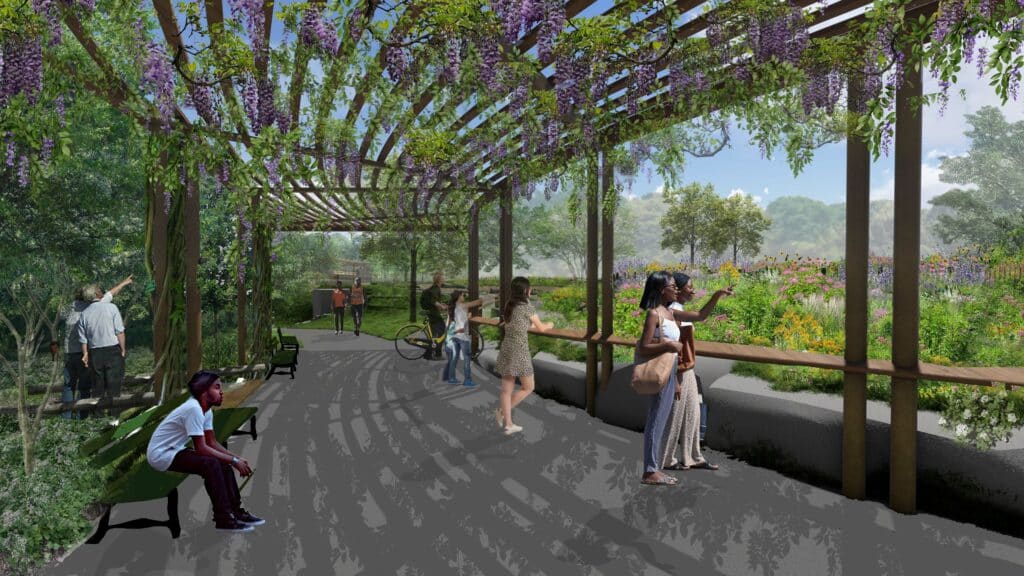Free Health + Wellness Events in Brooklyn’s Backyard
May 23, 2024
Did you know that spending just 30 minutes in nature a day can decrease stress, lessen feelings of loneliness, lower blood pressure and promote wellbeing?
Whether admiring the trees from a park bench, enjoying a woodland stroll, yoga class or a high-intensity interval training session, there are countless ways that spending time in nature can help sustain your health.
If an Rx for Nature is just what the doctor ordered, join us for a range of health and wellness classes to make the most of your time in Prospect Park and be your healthiest self all summer long!
View our events below, and for more information visit prospectpark.org/wellness.
Prospect Park Yoga
Thursdays, May 30–August 29, 7–8 pm
Long Meadow North (Enter at Third Street or Grand Army Plaza)
Learn More + RSVP
Brooklyn’s most beloved outdoor yoga series is back in Prospect Park! Brooklyn Flow, Prospect Park Alliance and NewYork-Presbyterian present free, outdoor yoga on the Long Meadow. Brooklyn’s finest yoga teachers from different studios around the park lead free, outdoor group yoga classes in a low-pressure, beautiful environment. Join hundreds of Brooklynites each week to celebrate yoga and wellness in our treasured Prospect Park. Bring your own mat or towel, a bottle of water and friends. All levels are welcome. Please sign the waiver prior to your first class.
Free Fitness Walks in Prospect Park for Adults Ages 60+
Tuesdays, June 4–June 25, 10–11 am
Locations Vary
Learn More + RSVP
Join Prospect Park Alliance and Heights + Hills for free fitness group walks in Prospect Park for adults ages 60 and over. Explore the park while discussing the importance of exercise and movement, particularly for people experiencing arthritis. Participants will receive guidance on developing their own personal walking and exercise programs. Walks will be on the park’s paved walkways at a slow to moderate pace.
AMP’d Interval Training with Chelsea Piers Fitness
Tuesdays, June 11–July 30, 6–7 pm
Prospect Park Long Meadow (enter at Third Street or Grand Army Plaza)
Learn More + RSVP
Join Chelsea Piers Fitness and Prospect Park Alliance to hit the grass and push your body to new limits in this high-intensity interval training class that combines bodyweight strength and cardio on the Prospect Park Long Meadow. You will move through a range of movements from running and jumping to lunges and crunches to keep you motivated and energized. All levels are welcome.
Energy Healing and Meditation Workshop
Mondays, June 10, 17, 24, July 15, 22 and Tuesday, July 23, 8:30–9 am
10th Avenue Lawn
Learn More + RSVP
Join Tell Every Amazing Lady® and Prospect Park Alliance for a free 30-minute guided meditation moderated by Jane Weedon MSPT, MFA, of Integrated Physical Therapy and Healing Arts, to help you relax and focus on your wellness before kicking off your day!
Prospect Park Wellness Walks
Fridays through June 28, 10 am–12 pm
Prospect Park Audubon Center
Learn More + RSVP
Join Prospect Park Alliance at the Prospect Park Audubon Center for an uplifting and energizing morning walk along the scenic trails of the Lullwater, Peninsula, Midwood and park waterfalls.
Prospect Park Stroller Walks
Thursdays through June 27, 10 am–12 pm
Prospect Park Audubon Center
Learn More + RSVP
Calling all parents and caregivers with children! Join Prospect Park Alliance naturalists for a leisurely stroll along Prospect Park’s waterways. Embrace the sound of streams and songs of birds; enjoy fragrant flowers and explore the towering trees of Brooklyn’s Backyard.
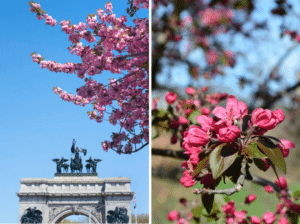
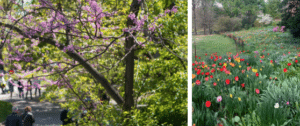

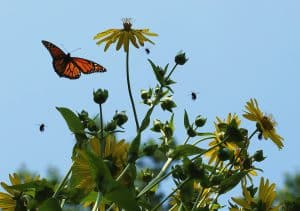

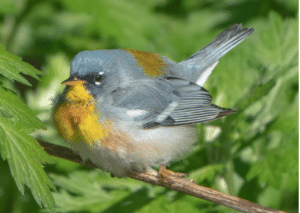
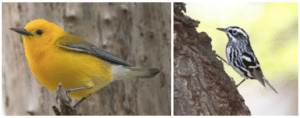

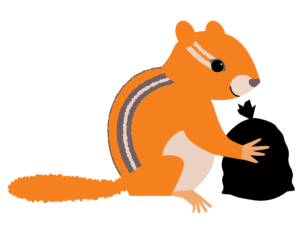 Lend a Hand in Brooklyn’s Backyard
Lend a Hand in Brooklyn’s Backyard